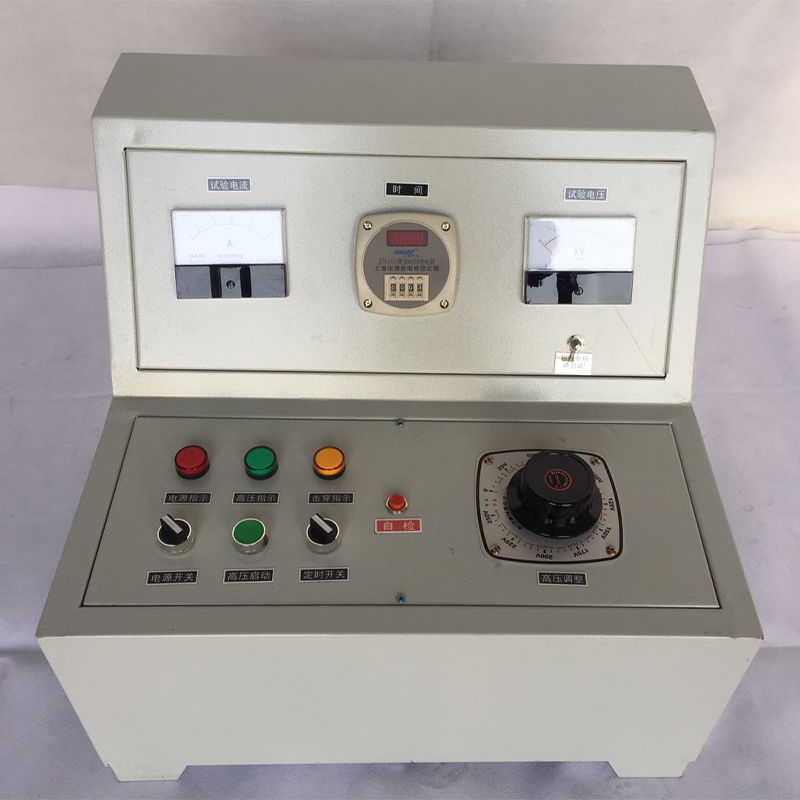conductor resistance measurement equipment
Importance of Conductor Resistance Measurement Equipment
Conductor resistance measurement is an essential process in various electrical applications, ensuring the reliability and efficiency of electrical systems. This measurement helps determine the quality of conductors, cables, and connections, which is crucial for the safe operation of power systems, industrial machinery, and electronic devices. As technological advancements continue to evolve, so too does the sophistication of conductor resistance measurement equipment.
Conductor resistance measurement equipment is designed to provide precise readings of a conductor's resistance, typically measured in ohms. This measurement is vital for assessing the performance of electrical conductors, as higher resistance can indicate potential problems such as degraded connectors, faulty wiring, or physical damage to the conductor. By identifying these issues early, technicians can reduce the risk of equipment failure, improve energy efficiency, and extend the lifespan of electrical systems.
One common type of equipment used for measuring conductor resistance is the micro-ohmmeter. This device applies a low AC or DC current through the conductor and measures the resulting voltage drop, allowing for the calculation of resistance based on Ohm's Law. Micro-ohmmeters are particularly useful for testing connections and joints within electrical panels, transformers, and circuit breakers, where low resistance is crucial for optimal performance.
conductor resistance measurement equipment

Another important tool is the insulation resistance tester, which assesses not only the resistance of the conductor but also the integrity of its insulation. This dual functionality is particularly important in harsh environments where moisture, dust, and chemicals can contribute to insulation degradation over time. By ensuring that both the conductor and its insulation maintain appropriate resistance levels, operators can safeguard against short circuits and electrical hazards.
Modern conductor resistance measurement equipment often features advanced technology, including digital displays, data logging capabilities, and wireless connectivity. These improvements allow for more straightforward monitoring, easier data interpretation, and enhanced reporting functions. Furthermore, automated testing processes can minimize human error and improve overall accuracy.
In conclusion, the significance of conductor resistance measurement equipment cannot be overstated. By ensuring that conductors maintain appropriate resistance levels, this equipment plays a critical role in enhancing the safety, efficiency, and reliability of electrical systems. As industries continue to evolve and demand more stringent performance standards, the importance of accurate and reliable conductor resistance measurement will only continue to grow, making advanced measurement equipment an indispensable tool for electrical professionals.
-
Why the Conductor Resistance Constant Temperature Measurement Machine Redefines Precision
NewsJun.20,2025
-
Reliable Testing Starts Here: Why the High Insulation Resistance Measuring Instrument Is a Must-Have
NewsJun.20,2025
-
Flexible Cable Flexing Test Equipment: The Precision Standard for Cable Durability and Performance Testing
NewsJun.20,2025
-
Digital Measurement Projector: Precision Visualization for Modern Manufacturing
NewsJun.20,2025
-
Computer Control Electronic Tensile Tester: Precision and Power for the Modern Metal Industry
NewsJun.20,2025
-
Cable Spark Tester: Your Ultimate Insulation Assurance for Wire and Cable Testing
NewsJun.20,2025
 Copyright © 2025 Hebei Fangyuan Instrument & Equipment Co.,Ltd. All Rights Reserved. Sitemap | Privacy Policy
Copyright © 2025 Hebei Fangyuan Instrument & Equipment Co.,Ltd. All Rights Reserved. Sitemap | Privacy Policy
